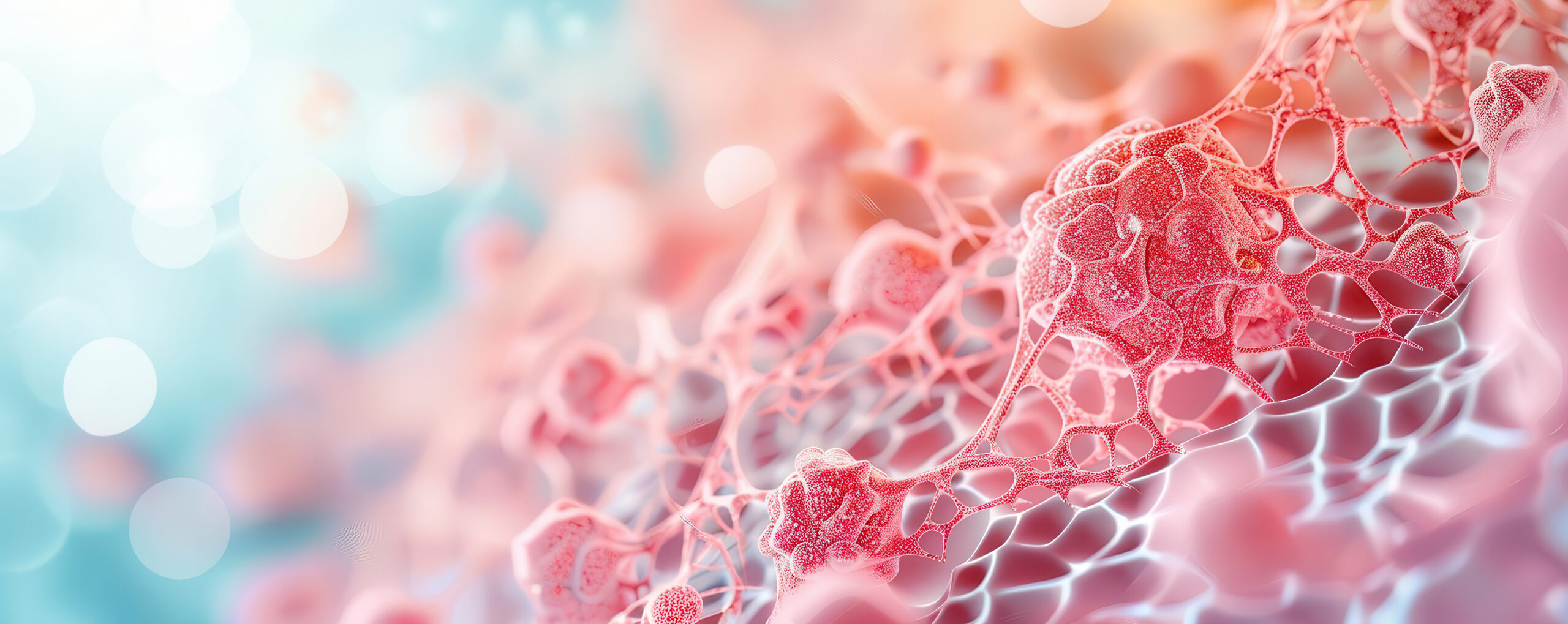The emotional toll of pressure injuries: beyond the financial cost

By Allison Varnum
Much has been said about the financial burden that pressure injuries place on healthcare systems, but what about the emotional toll they take on patients?
Pressure injuries are a global issue, increasing physical, psychological, and social burdens while also contributing to higher mortality rates1. Hospital-acquired pressure injuries (HAPIs) alone can cost an organization between $20,900 and $151,700 per case2. However, beyond financial impact, pressure injuries significantly affect patients and their caregivers, leading to a cascade of psychological, social, and economic challenges1.
Managing a pressure injury is complex, influenced by factors such as comorbidities, patient engagement in care, and lifestyle adjustments. Patients often report experiencing a profound loss of autonomy and independence, leading to social isolation and forced adjustments to daily routines. The need for mobility aids, modifications in daily activities, and the integration of treatment into their lives can be overwhelming1.
Because pressure injuries often require assistance with treatment and daily tasks, patients frequently experience a lack of control over their bodies. This can lead to distressing emotions, including anxiety about being touched or viewed by others and a deep-seated fear of becoming a burden to their loved ones1.
For those receiving in-hospital or facility-based care, social isolation can be particularly severe, fostering feelings of confinement and alienation. The psychological impact of this isolation compounds the struggle, further deepening the emotional toll. Additionally, necessary changes in appearance or clothing due to pressure injuries can heighten social discomfort and self-consciousness. Studies have shown that these challenges contribute to emotional responses such as despair, frustration, anxiety, anger, helplessness, depression, and a profound sense of injustice. Ultimately, patients describe an overwhelming sense of loss—of privacy, dignity, autonomy, and control1.
Understanding these devastating consequences reinforces the importance of our work as healthcare providers and product innovators. At Turn Medical, we have witnessed firsthand the harsh realities of pressure injuries, particularly those caused by manual proning. This challenge inspired our founders to develop InteliDermTM Powered Skin Protection. While no solution can entirely prevent all pressure injuries, InteliDerm aims to mitigate risks by addressing heat and moisture buildup, reducing the likelihood of pressure injuries in the prone position.
Our mission is to protect patients and improve their outcomes. If you’d like to learn more about our innovative solutions, visit turnmedical.com and let us know how we can help you safeguard your patients’ well-being.
References
- Burston, A., Miles, S.J., and Fulbrook, P. (2023). Patient and carer experience of living with a pressure injury: A meta-synthesis of qualitative studies. Journal of Clinical Nursing, 32, 3233-3247. DOI: 10.1111/jocn.16431
- Tomlinson, C. Edwards, P., and Pfeifer, L. (2024). Preventing hospital-acquired pressure injuries. American Nurse Journal. 2024; 19(1). Doi: 10.51256/ANJ012406






